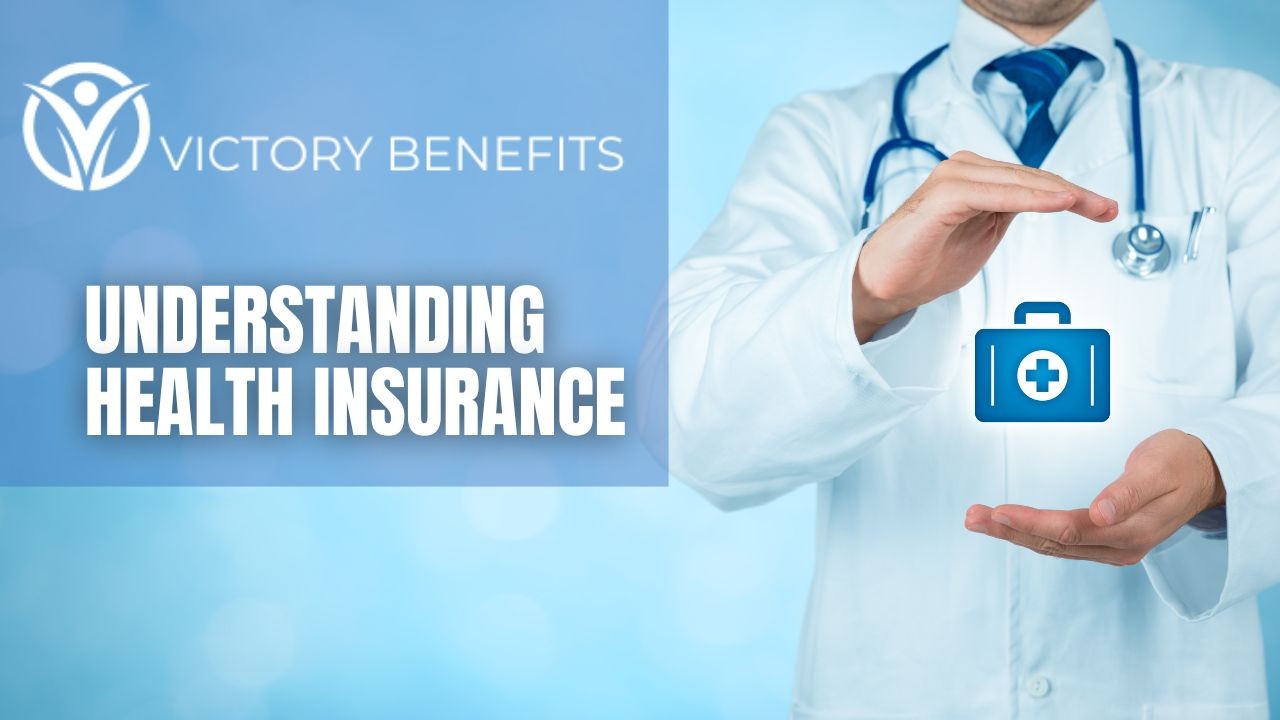Medicare Advantage Agent - The Facts
Medicare Advantage Agent - The Facts
Blog Article
The Best Strategy To Use For Medicare Advantage Agent
Table of ContentsA Biased View of Medicare Advantage AgentThe Definitive Guide for Medicare Advantage AgentEverything about Medicare Advantage Agent

follows from confusing the relatively young age account of the without insurance with the far better health, typically, of younger individuals. This covers the web link between health and wellness condition and medical insurance. For those without access to office medical insurance, inadequate wellness is a prospective obstacle to buying nongroup coverage due to the fact that such protection may be highly valued, leave out preexisting problems, or be merely unavailable. The number of uninsured Americans is not especially huge and has actually not transformed in current years. 7 out of 10 respondents in a nationally representative study believed that fewer Americans did not have medical insurance than in fact do(Fronstin, 1998). Approximately fifty percent(47 percent )believed that the number of people without medical insurance lowered or stayed consistent over the last half of the last years(Blendon et al., 1999). This drop of almost 2 million in the variety of individuals 'without insurance (a reduction
of around 4 percent)is certainly a favorable modification. With a softer economy in 2000 the latest reported gains in insurance policy protection may not proceed(Fronstin, 2001 ). The decline in the number of uninsured will not proceed if the economy stays sluggish and wellness care costs remain to surpass inflation. This is since the information were gathered for a period of strong economic efficiency. Of the estimated 42 million people who were without insurance, just about about 420,000(about 1 percent)were under 65 years old, the age at which most Americans come to be qualified for Medicare; 32 million were grownups in between ages 18 and 65, around 19 percent of all adults in this age; and 10 million were kids under 18 years old, concerning 13.9 percent of all youngsters (Mills, 2000). These estimates of the number of individuals uninsured are created from the yearly March Supplement to the Current Populace Survey (CPS), performed by the Census Bureau. Unless otherwise kept in mind, nationwide quotes of individuals without health and wellness insurance policy and proportions of the population with various kinds of protection are based on the CPS, the most commonly utilized source of estimates of insurance policy protection and uninsurance rates. These studies and the price quotes they produce are described briefly in Table B. 1 in Appendix B - Medicare Advantage Agent. These studies differ in dimension and sampling approaches, the concerns that are inquired about insurance policy
Not known Details About Medicare Advantage Agent
protection, and the time duration over which insurance policy coverage or uninsurance is measured(Lewis et al., 1998, Fronstin, 2000a ). Still, the CPS is specifically valuable because it produces annual price quotes fairly quickly, reporting the previous year's insurance coverage estimates each September, and since it is the basis for a consistent set of quotes for greater than two decades, allowing for evaluation of fads in protection in time.

Medicare Advantage Agent - Questions
Over a three-year period starting early in 1993, 72 million individuals, 29 percent of the united state population, lacked coverage for at the very least one month. Within a single year(1994), 53 million individuals experienced a minimum of a month without insurance coverage(Bennefield, 1998a). 6 out of every ten uninsured grownups are themselves employed. Although working does boost the possibility that one and one's member of the family will certainly have insurance, it is not a warranty. Also participants of households with 2 full time breadwinner have virtually a one-in-ten opportunity of being without insurance (9.1 percent without insurance price)(Hoffman and Pohl, 2000 ). The connection find here between health insurance policy and access to care is well established, as recorded later in this phase. Although the partnership between health insurance policy and health end results is neither direct neither simple, an extensive medical and wellness solutions research literature links health insurance protection
to enhanced accessibility to care, far better top quality, and boosted individual and populace wellness status. As an example, the second record, on personal wellness results for without insurance adults, is represented by the inner circle of the figure, while the 3rd report, on household well-being, includes the subjects of the 2nd report however emphasizes a various unit of evaluation, namely, the household. The 6th report in the series will certainly provide info regarding approaches and campaigns embarked on locally, statewide, or across the country to deal with the lack of insurance policy and its unfavorable effects. Degrees of analysis for examining the effects of uninsurance. This discussion of medical insurance protection concentrates primarily on the united state populace under age 65 since basically all Americans 65 and older have Medicare or various other public coverage.
It concentrates especially on those without any wellness insurance for any size of time. The issues faced by the underinsured remain in some areas similar to those faced by the uninsured, although they are typically less serious. Uninsurance and underinsurance, nonetheless, include clearly various policy issues, and the methods for addressing them may differ. Throughout this research study and the 5 records to adhere to, the primary focus is on persons without wellness insurance and hence no help in spending for wellness treatment beyond what is offered via charity and safeguard institutions. Medical insurance is a powerful element affecting receipt of treatment since both people and medical professionals react to the out-of-pocket cost of services. Health and wellness insurance, however, is neither necessary nor enough to access to clinical services. The independent and straight effect of health and wellness
insurance coverage on access accessibility health services is well establishedDeveloped Others will certainly get the health and wellness treatment they require even without medical insurance, by paying for it out of pocket or seeking it from service providers that provide care free or at very subsidized rates. For still others, medical insurance alone does not make certain invoice of care due to the fact that of various other nonfinancial barriers, such as an absence of healthcare carriers in their neighborhood, limited access to transport, illiteracy, or linguistic and social differences. Formal research regarding uninsured populations in the USA dates to the late 1920s and early 1930s when the Board on the Cost of Healthcare created a series of records regarding funding doctor office brows through and hospital stays. This concern became significant as the numbers of clinically indigent i loved this climbed up during the Great Anxiety. Empirical research studies constantly sustain the web link between access to care and enhanced wellness end results(Bindman et al., 1995; Starfield, 1995 ). Having a regular resource of care can be taken into consideration a forecaster of accessibility, rather than a direct step of it, when wellness results are themselves utilized as accessibility indicators. This expansion of the idea of accessibility measurement was made by the IOM Committee on Keeping Track Of Accessibility to Personal Healthcare Services(Millman, 1993, p. Whether or not parents view it are insured shows up to influence whether their children get treatment along with just how much careeven if the kids themselves have insurance coverage(Hanson, 1998). The health of moms and dads can affect their capacity to care for their youngsters and the degree of household stress and anxiety. Fretting about their children's access to care is itself a source of stress and anxiety for moms and dads. 3 phases adhere to in this report. Phase 2 gives a review of just how employment-based medical insurance, public programs and individual insurance coverage operate and engage to offer comprehensive but incomplete protection of the U.S. populace. This consists of a testimonial of historical trends and public laws impacting both public and personal insurance coverage, a discussion of the interactions among the different kinds of insurance policy, and an examination of why people move from one program to an additional or end up

Report this page